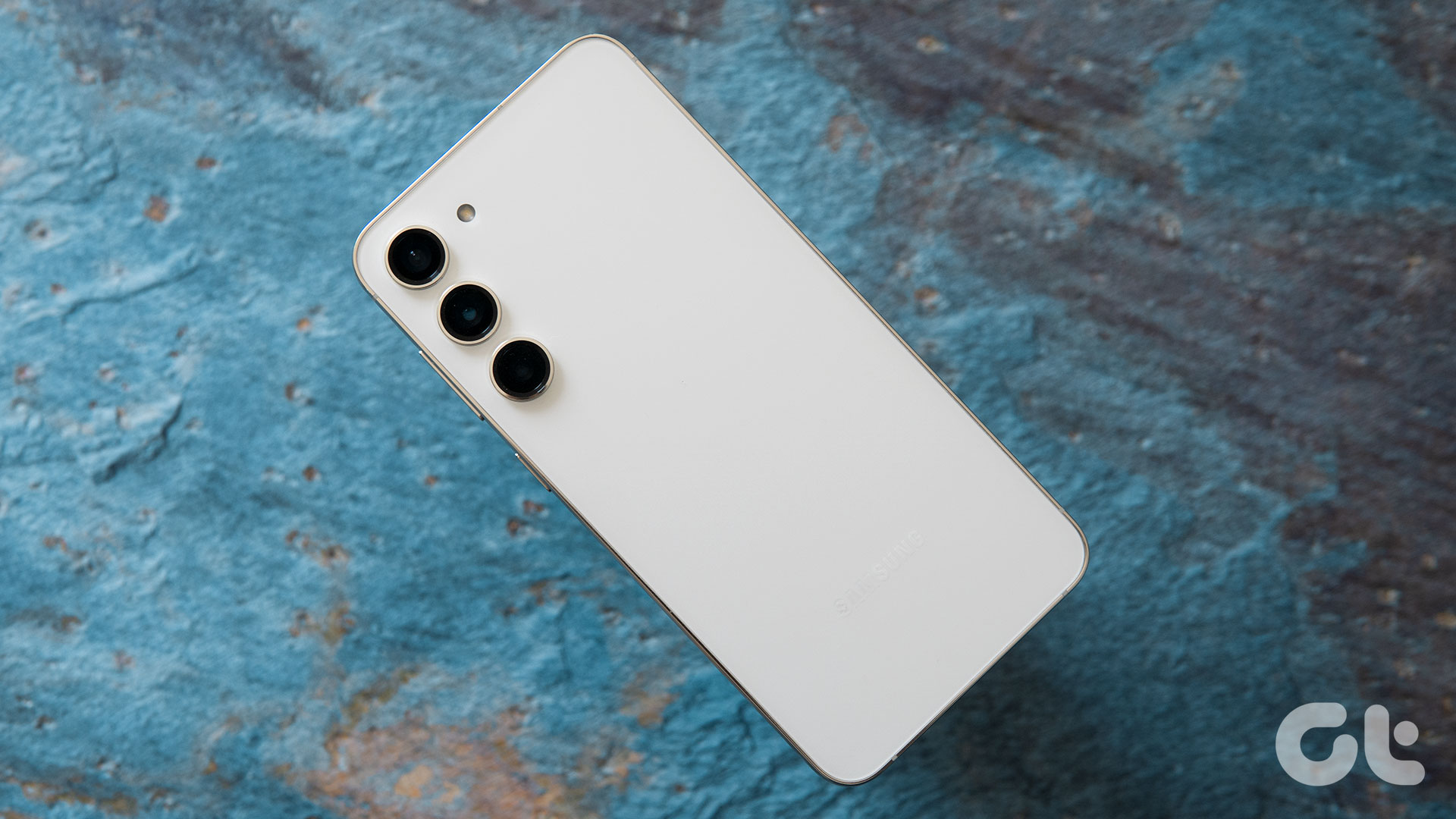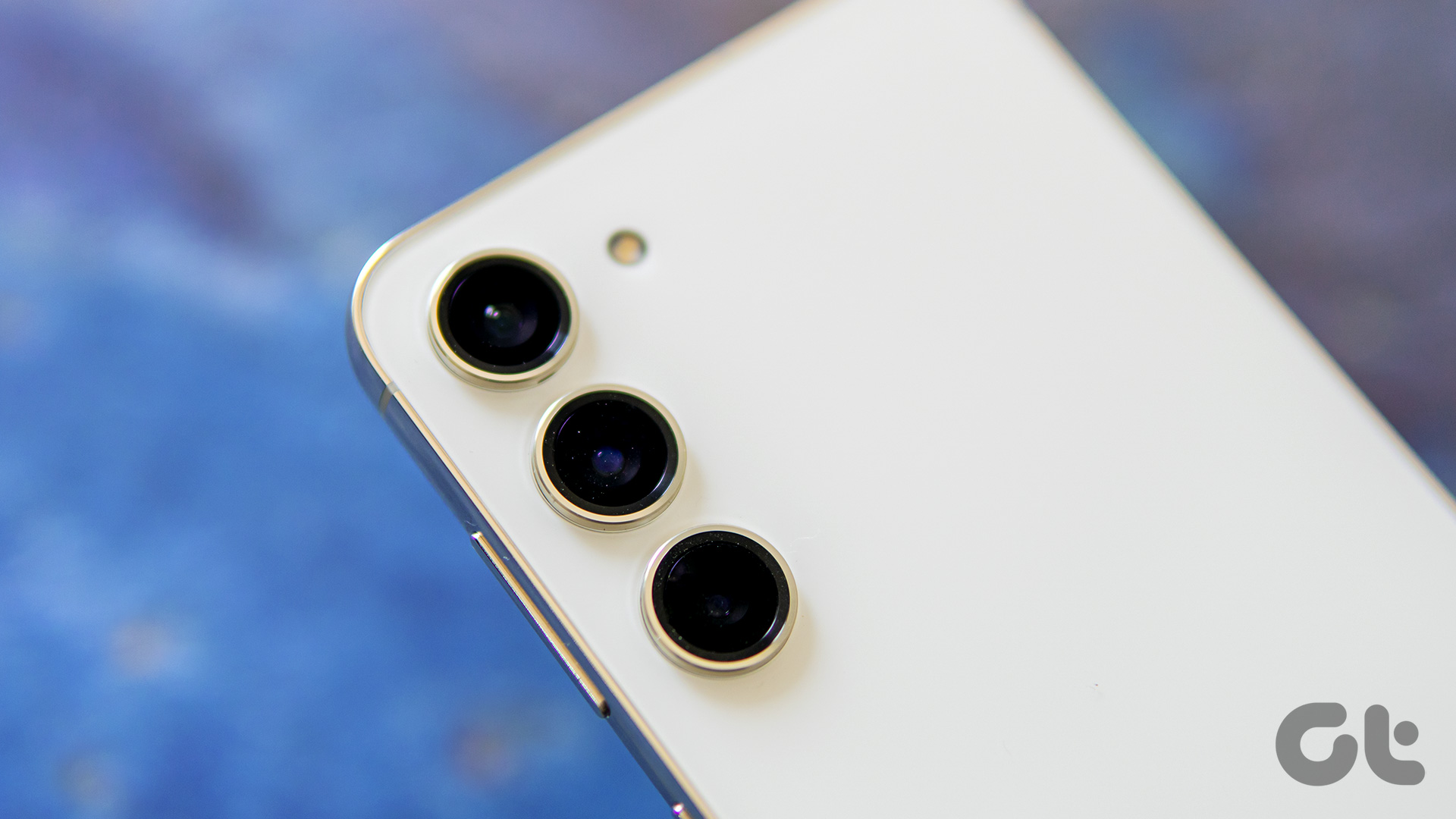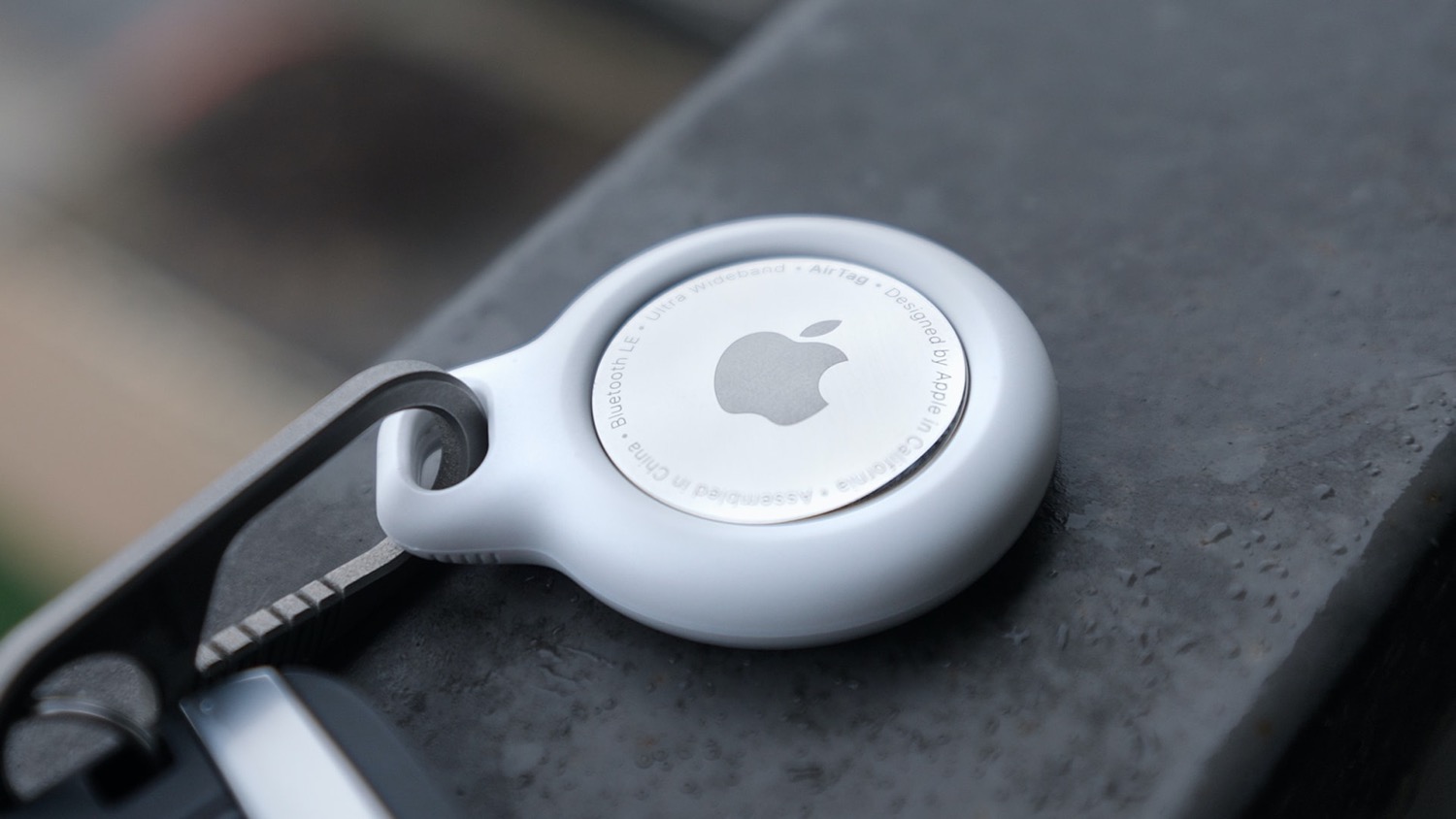We at Guiding Tech, have taken it upon ourselves to help you find all the hidden features and useful tips and tricks related to the new Samsung Galaxy M20. As it’s going to be a long read, let’s jump straight in!
1. Switch on Dolby Atmos
By default, the Dolby Atmos profile is turned off on the Samsung Galaxy M20. For those unaware, this feature lets you have an enhanced audio experience especially while watching videos. The only catch is that you’ll need to plug in a pair of headphones. Once done, pull down the Quick Settings menu and long-tap on Dolby Atmos. After enabling the option, tap on to experience the different profiles. At the same time, you can also try out UHQ Upscaler and Tube Amp Pro. Keep in mind that some of these options may not work if Dolby Atmos is enabled.
2. Farewell, Navigation Buttons
Navigation buttons are dated. It’s 2019, and everyone must embrace navigation gestures wholeheartedly. The Galaxy M20 comes with two distinct navigation styles — buttons and gestures. These settings are available under Display > Navigation bar. The best thing about it is that if you are new to Samsung, you can also change the order of the buttons to your liking. Also, if it’s your first time trying out gestures, there’s a cool trick in the form of Gesture Hints which shows you where you need to swipe.
3. Hide Notch
Notches in phones are still a polarizing design element. While they are not as wide as they used to be before, they are still not liked by many. If you belong to this category of user, then you can easily disable the notch. To do so, go to Display > Full screen apps and toggle the switch for Hide camera. You can thank me later. Speaking of full screen apps, did you know that you can stretch the YouTube app to fit the screen? Just pinch out while the video is playing in the landscape mode, and you’re good to go.
4. Show Battery Percentage
The battery percentage is quite helpful to estimate when should you expect to charge your phone. For some reason, no phone displays that by default. You’ll have to enable it explicitly on the Galaxy M20 to see the amount of juice remaining on your phone. To do that, go to Settings > Display > Status and toggle the option for Show Battery percentage.
5. Fingerprint Gestures
Do you wish to view notifications with a single swipe? How about we tell you that on Galaxy M20 you can check them by swiping down on the fingerprint sensor. That’s right! You no longer have to struggle to bring your thumb to the top of the screen during one-handed usage (see Galaxy M20 cases & covers). To enable this cool feature, go to Advanced Settings and toggle the switch for Finger sensor gestures.
6. Find the Best Sound for You
In almost all the phones, the phone makers offer a factory set profile. So, what may appear as a balanced track to you might not seem the same to me. Hence, it only makes sense to tailor this sound as per our liking. Fortunately, the Galaxy M20 bundles a customization package named Adapt Sound. This mode tweaks the low and high tones as per your listening preferences by emitting a series of beeps to test your hearing capacities. All you have to do is answer in Yes or No as to whether you can hear the beeps or not. The rest of the job is handled by the system to determine the best audio profile for you. To set it up, navigate to Settings > Sounds and Vibrations > Sound Quality and Effects > Adapt Sound. You can either choose to select a preset profile or create your own. This feature is typically helpful in customizing the audio output to match your taste and preferences.
7. Customize the Lock Screen
I know, the Galaxy M20 doesn’t offer the Always On Display (AOD) feature. It tries to make up for this feature through the may lock screen customization options. Starting from the clock style to the way you want your notifications to appear, everything is doable. To pick the clock style, head over to the lock screen settings and tap on Clock style. Select one which fascinates you the most and tap on Done. You can also choose the color of the clock from the Colour tab. Besides that, you can rearrange the Facewidgets on the lock screen as per your preference. Tap on Facewidgets on Lock Screen settings, enable the options that you’d need, and then tap on reorder. Drag by keeping your fingers on the arrow marks. Furthermore, you can also choose to display the notification content through the lock screen settings’ notification card.
8. Hide Lock Screen Stories
Apart from consuming battery juice and mobile data, Lock Screen Stories are very distracting. Not to mention the fact that you can’t see the default lock screen wallpaper. If you are someone like me who is annoyed by this default setting, you are in luck. The Lock Screen settings on the Galaxy M20 are easily removable. Lock Screen Stories can also be quite distracting. Tap on the little i icon on the lock screen, tap on the gear-shaped icon, and toggle the switch off. Alternatively, you can go to Settings > Lock Screen > Lock Screen Stories to turn them off. If you don’t want to switch it off entirely, you can customize what kind of content you want to be visible by tapping on Follow categories.
9. Hide Games from App Drawer
Samsung’s Game launcher exists as a way to improve mobile gaming. But did you know that with it, you can also hide installed games from the app drawer? Yep, you read that right. All you have to do is open the Game Launcher’s settings page and enable the first option. Also, if you want to preserve battery juice during for casual gaming sessions, tap on Game performance and drag the slider left.
10. Enable Pop-Up View
Pop-up View is to Samsung phones what Restore Windows is to Windows users. This nifty little feature lets you resize app windows to a size of your liking. Smart, I’d say. For some strange reason, this option is usually turned off. To enable it, navigate to Advanced features > Multi window and toggle the switch for Pop-up view action. To activate it, swipe diagonally from the top-right corner of the screen. Once you get a resized window, you can even move it around.
11. Auto Restart
A scheduled restart goes a long way to improve the phone’s performance. This activity not only purges the phone’s RAM regularly but also helps to fix common app-related issues. With the Galaxy M20, you can schedule a weekly restart so that these tasks are automatically taken care off. To do so, go to General management > Reset > Auto restart. Once you toggle the switch on, you will see the option to enter the time and select the day.
Take the Control Back
Unlike the older Samsung phones, thankfully the Galaxy M20 doesn’t pack the usual bloatware. And the good news is that you can also uninstall a couple of apps like Daily Hunt and Samsung Internet, Samsung Email, and a few others. Next up: Should you switch to Android Messages from Samsung Messages? Read this comparison to know what you are missing out on. The above article may contain affiliate links which help support Guiding Tech. However, it does not affect our editorial integrity. The content remains unbiased and authentic.






































